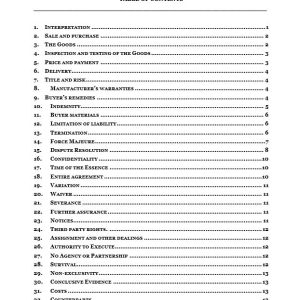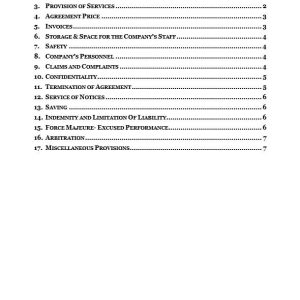Typically, a consortium agreement includes several key elements. It defines the purpose and scope of the collaboration, detailing the joint project or venture, the goals to be achieved, and the expected outcomes. It also specifies the criteria for membership, the rights and responsibilities of each member, and the governance structure of the consortium. Financial arrangements, including funding commitments, cost-sharing, and procedures for budgeting and financial reporting, are also outlined.
Additionally, the agreement addresses confidentiality and data sharing among the parties, specifying the types of information that can be shared and the measures to protect confidential information. It also allocates liability and indemnification responsibilities, setting limits on liability and procedures for resolving disputes. Overall, a consortium agreement is a crucial tool for ensuring successful and efficient collaboration among diverse organizations.




